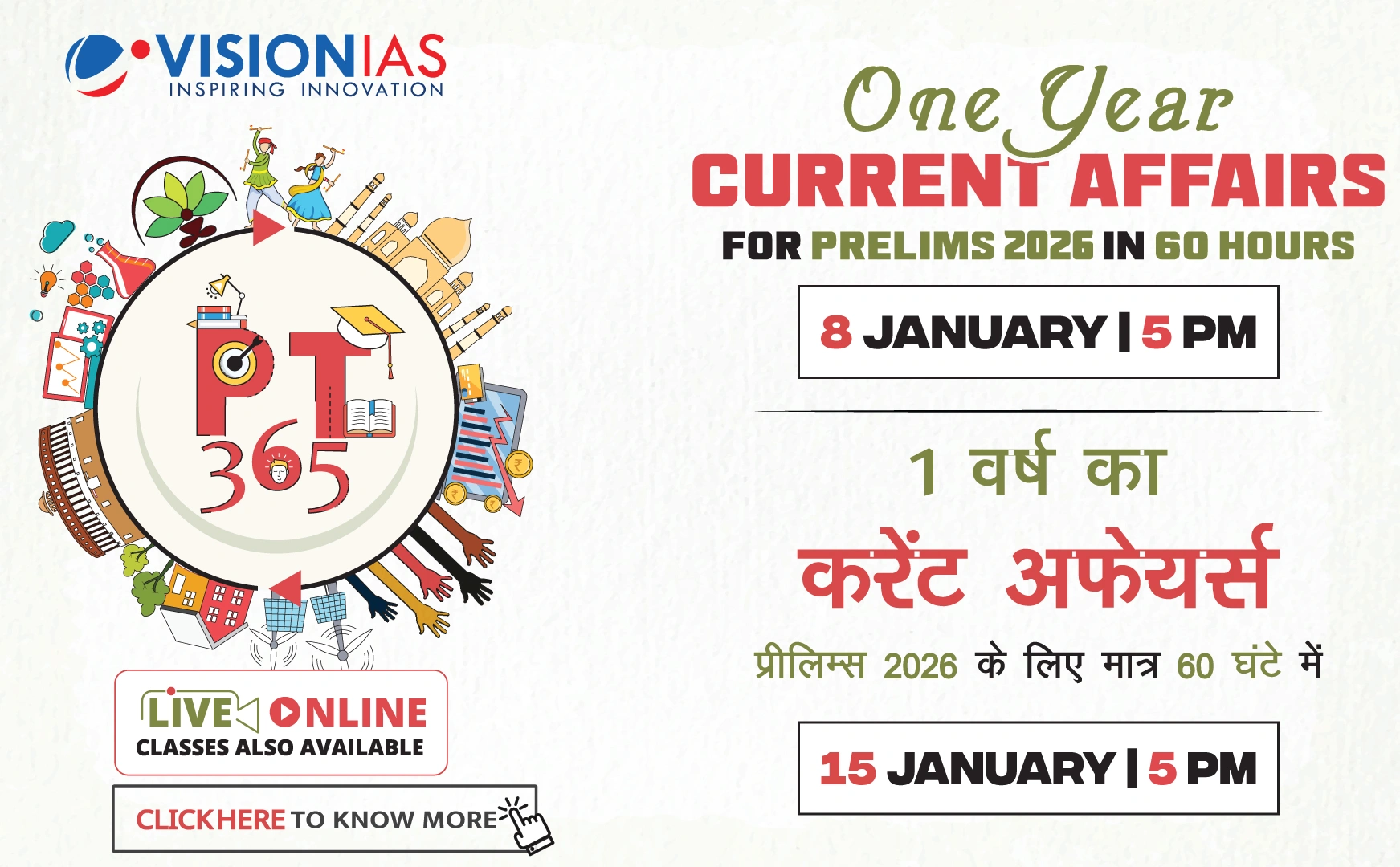Supreme Court's Affirmation of Urdu's Place in India's Pluralistic Ethos
The Supreme Court's recent ruling in Varshatai w/o Sanjay Bagade vs State Of Maharashtra has reinforced India's multicultural identity by recognizing Urdu as an integral part of the nation's linguistic diversity.
Key Observations of the Supreme Court
- The Court rejected the misconception that Urdu is foreign to India, emphasizing that it is an Indo-Aryan language born in the country, akin to Marathi and Hindi.
- The use of Urdu on municipal signboards in Maharashtra was upheld, affirming the constitutional right to linguistic diversity.
- Urdu is acknowledged as part of the nation's syncretic cultural and intellectual heritage.
Urdu and Identity Politics
Urdu has often been mischaracterized as an Islamic import, leading to its marginalization in certain political contexts:
- In Uttar Pradesh, Urdu was excluded from the list of languages for legislative assembly translations, despite having a substantial Urdu-speaking population.
- Fabindia faced backlash for naming a Diwali collection "Jashn-e-Riwaaz," highlighting the tension around Urdu in cultural expressions.
Historical and Cultural Significance of Urdu
Urdu emerged from the interactions of diverse communities in the Indian subcontinent, enriched by influences from Persian, Arabic, Turkish, and local dialects. It symbolizes the Ganga-Jamuni tehzeeb, representing the composite cultural ethos of northern and central India.
Demographics and Linguistic Diversity
- The 2011 Census data revealed significant Urdu-speaking populations beyond northern India, in states like Maharashtra, Andhra Pradesh, Telangana, and Karnataka.
- Maharashtra has 75.4 lakh Urdu speakers, while Karnataka has 66.18 lakh, the latter having the highest proportion of Urdu speakers at 10.83%.
Conclusion
The Supreme Court emphasized that language transcends religious boundaries and should be celebrated as a cultural unifier. Urdu, like all languages, should be viewed as a tapestry of ideas, cultures, and people, contributing to India's rich pluralistic fabric.








